Special Report
21 States Where the Most People Don't Have Health Insurance
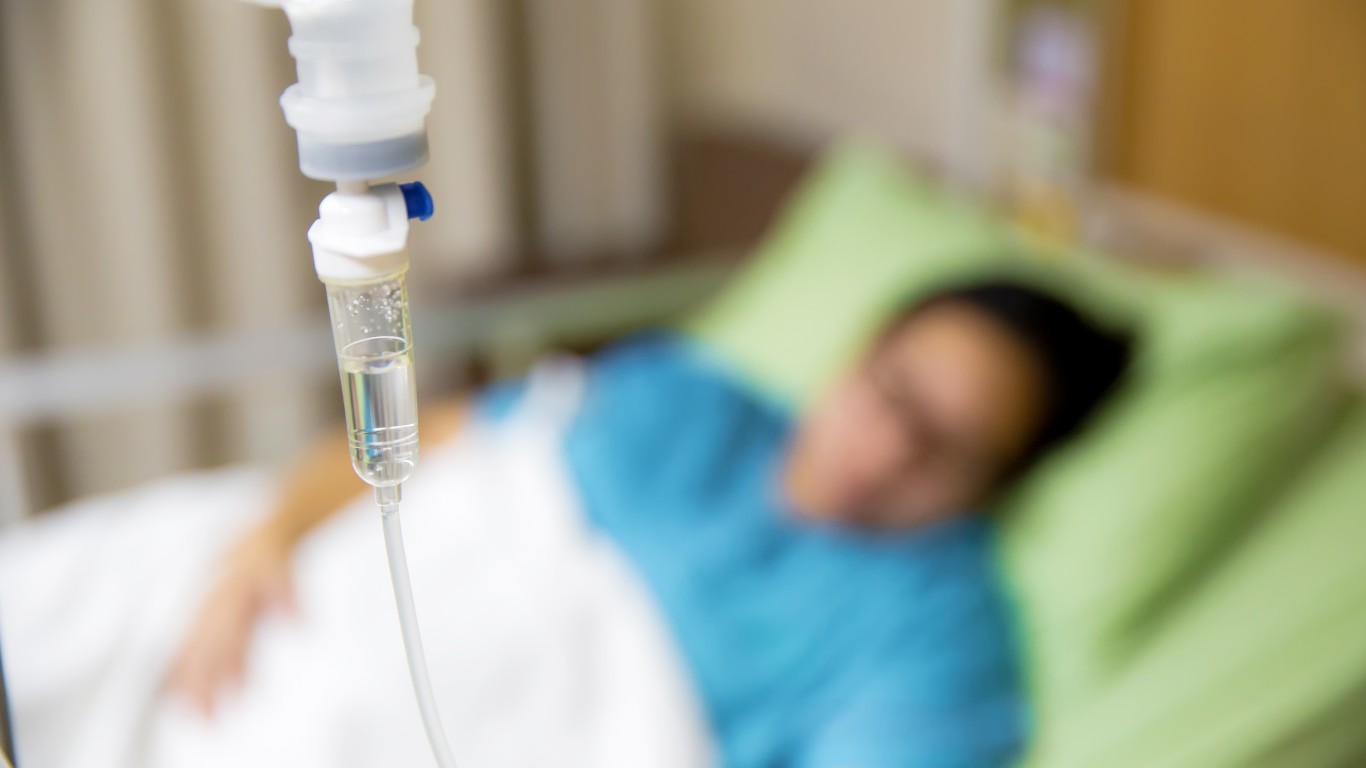
Published:

About 60% of Americans with health insurance receive coverage through their employer. The COVID-19 pandemic changed that, as millions of people lost their jobs, and subsequently their insurance. Two years later, with the looming expiration of government initiatives to help people without insurance as part of the federal public health emergency response, coverage will once again be out of reach for many Americans. (These are the greatest public health achievements of the 21st century.)
To determine the states with the lowest rates of health insurance coverage, 24/7 Tempo reviewed the percentage of the noninstitutionalized civilian population under 65 without health insurance from the U.S. Census Bureau’s 2021 American Community Survey. We considered only those under 65 because that’s the age at which Americans become eligible for Medicare, and the uninsured rate for the population above this age is less than 1% nationwide. (On a more localized level, these are the counties where the most people don’t have health insurance.)
Data on poverty rates also came from the 2021 ACS. The rate of preventable hospitalizations – those for conditions that could have been treated at outpatient or ambulatory care facilities – came from the 2022 County Health Rankings report, an annual analysis produced by a joint program of the Robert Wood Johnson Foundation and the University of Wisconsin Population Health Institute.
Click here to see 21 states where the most people don’t have health insurance
Though the uninsured rate among Americans younger than 65 has increased slightly over the last few years, it remains well below 17.8%, the rate before the Affordable Care Act was signed into law in March 2010. As of 2021, 10.2% of Americans younger than 65 – almost 28 million people – were uninsured. The states on our list all have uninsured rates for those under 65 of 10.1% or more.

21. Montana
> Adults under 65 with no health insurance: 10.1%
> Preventable hospitalizations: 2,629 per 100,000 people — 8th lowest
> Adults reporting poor or fair health: 14.4% — 11th lowest
> Poverty rate: 11.9% — 24th lowest
> Population: 1,104,271
[in-text-ad]
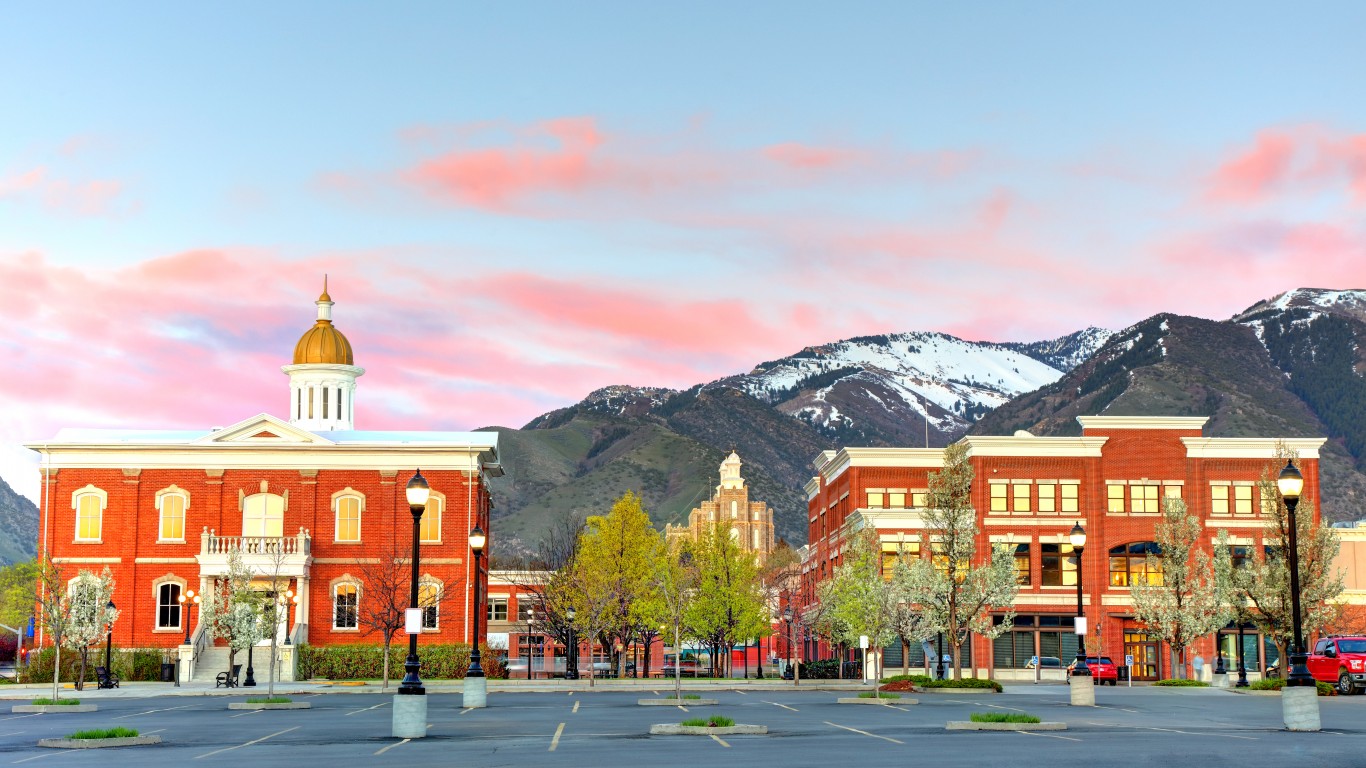
20. Utah
> Adults under 65 with no health insurance: 10.1%
> Preventable hospitalizations: 2,110 per 100,000 people — 2nd lowest
> Adults reporting poor or fair health: 14.8% — 12th lowest
> Poverty rate: 8.6% — 2nd lowest
> Population: 3,337,975
19. Idaho
> Adults under 65 with no health insurance: 10.5%
> Preventable hospitalizations: 2,123 per 100,000 people — 3rd lowest
> Adults reporting poor or fair health: 15.1% — 14th lowest
> Poverty rate: 11.0% — 15th lowest
> Population: 1,900,923

18. Kansas
> Adults under 65 with no health insurance: 10.9%
> Preventable hospitalizations: 3,645 per 100,000 people — 24th lowest
> Adults reporting poor or fair health: 17.1% — 25th lowest
> Poverty rate: 11.7% — 23rd lowest
> Population: 2,934,582
[in-text-ad-2]
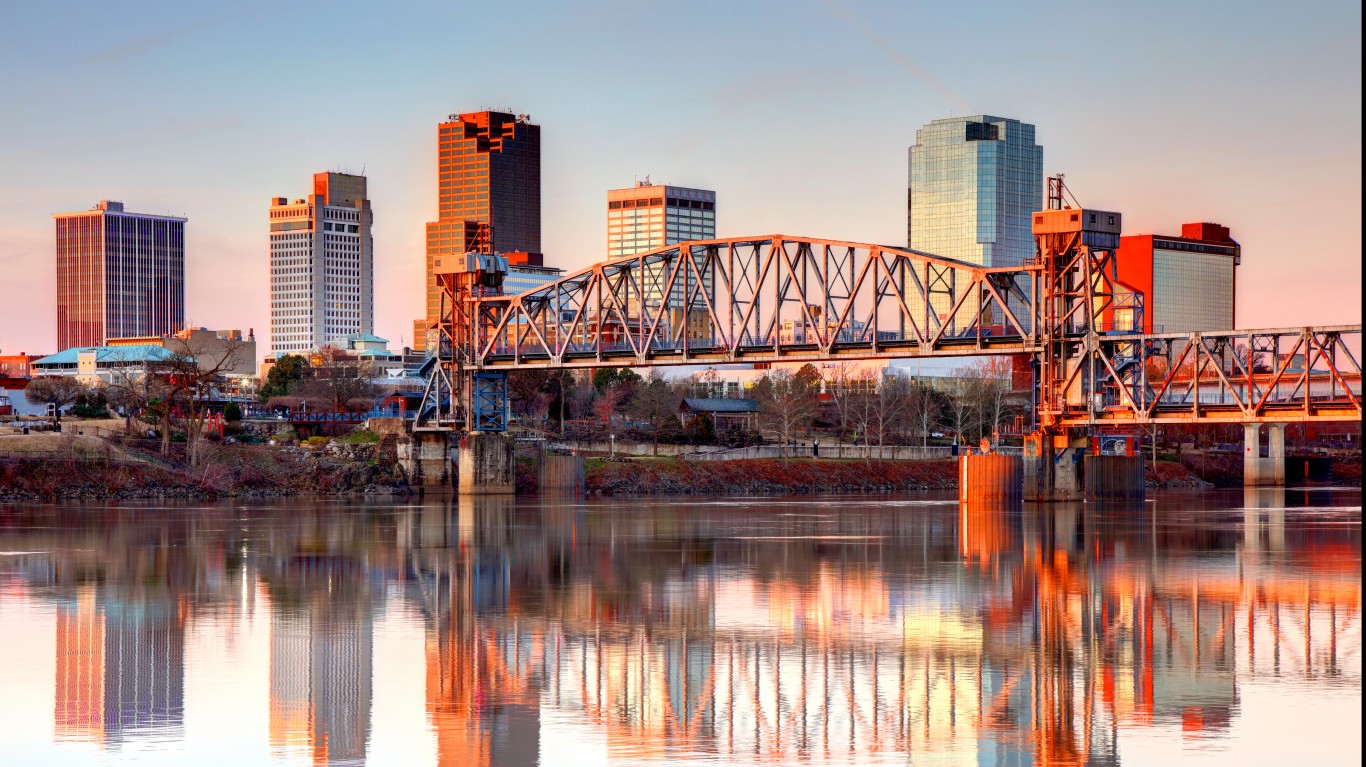
17. Arkansas
> Adults under 65 with no health insurance: 11.0%
> Preventable hospitalizations: 4,178 per 100,000 people — 17th highest
> Adults reporting poor or fair health: 24.1% — 2nd highest
> Poverty rate: 16.3% — 6th highest
> Population: 3,025,891

16. Missouri
> Adults under 65 with no health insurance: 11.3%
> Preventable hospitalizations: 4,155 per 100,000 people — 18th highest
> Adults reporting poor or fair health: 17.6% — 22nd highest
> Poverty rate: 12.7% — 20th highest
> Population: 6,168,187
[in-text-ad]

15. South Dakota
> Adults under 65 with no health insurance: 11.4%
> Preventable hospitalizations: 3,539 per 100,000 people — 21st lowest
> Adults reporting poor or fair health: 15.1% — 15th lowest
> Poverty rate: 12.3% — 22nd highest
> Population: 895,376

14. Alabama
> Adults under 65 with no health insurance: 11.8%
> Preventable hospitalizations: 4,875 per 100,000 people — 5th highest
> Adults reporting poor or fair health: 21.4% — 6th highest
> Poverty rate: 16.1% — 7th highest
> Population: 5,039,877

13. Tennessee
> Adults under 65 with no health insurance: 11.9%
> Preventable hospitalizations: 4,331 per 100,000 people — 11th highest
> Adults reporting poor or fair health: 20.3% — 9th highest
> Poverty rate: 13.6% — 14th highest
> Population: 6,975,218
[in-text-ad-2]

12. New Mexico
> Adults under 65 with no health insurance: 12.0%
> Preventable hospitalizations: 2,723 per 100,000 people — 10th lowest
> Adults reporting poor or fair health: 20.0% — 11th highest
> Poverty rate: 18.4% — 3rd highest
> Population: 2,115,877
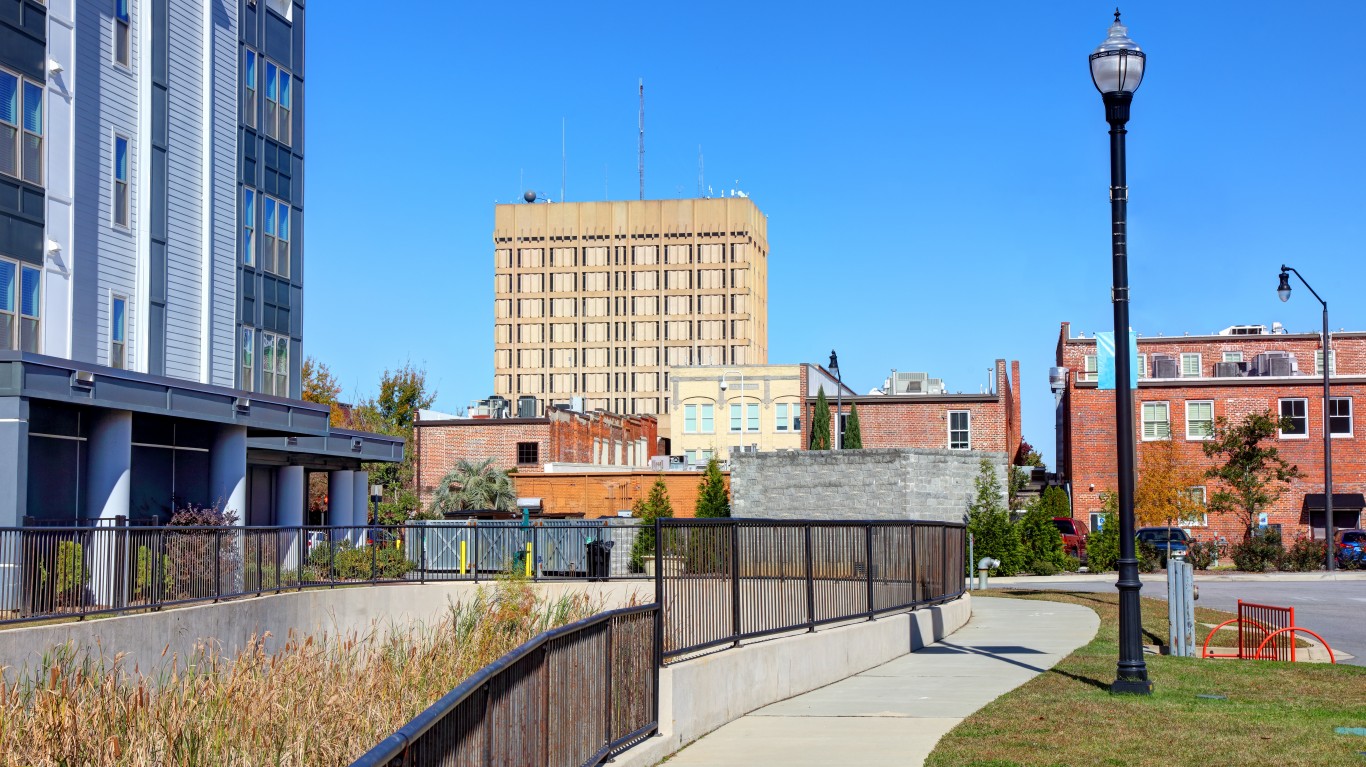
11. South Carolina
> Adults under 65 with no health insurance: 12.2%
> Preventable hospitalizations: 3,797 per 100,000 people — 23rd highest
> Adults reporting poor or fair health: 17.8% — 20th highest
> Poverty rate: 14.6% — 9th highest
> Population: 5,190,705
[in-text-ad]

10. North Carolina
> Adults under 65 with no health insurance: 12.4%
> Preventable hospitalizations: 4,096 per 100,000 people — 19th highest
> Adults reporting poor or fair health: 18.5% — 14th highest
> Poverty rate: 13.4% — 15th highest
> Population: 10,551,162

9. Alaska
> Adults under 65 with no health insurance: 12.9%
> Preventable hospitalizations: 2,509 per 100,000 people — 6th lowest
> Adults reporting poor or fair health: 15.7% — 19th lowest
> Poverty rate: 10.5% — 12th lowest
> Population: 732,673

8. Arizona
> Adults under 65 with no health insurance: 12.9%
> Preventable hospitalizations: 2,666 per 100,000 people — 9th lowest
> Adults reporting poor or fair health: 18.3% — 15th highest
> Poverty rate: 12.8% — 19th highest
> Population: 7,276,316
[in-text-ad-2]

7. Nevada
> Adults under 65 with no health insurance: 13.7%
> Preventable hospitalizations: 3,749 per 100,000 people — 25th highest
> Adults reporting poor or fair health: 20.1% — 10th highest
> Poverty rate: 14.1% — 11th highest
> Population: 3,143,991

6. Mississippi
> Adults under 65 with no health insurance: 14.2%
> Preventable hospitalizations: 5,013 per 100,000 people — 3rd highest
> Adults reporting poor or fair health: 22.0% — 4th highest
> Poverty rate: 19.4% — 2nd highest
> Population: 2,949,965
[in-text-ad]

5. Georgia
> Adults under 65 with no health insurance: 14.7%
> Preventable hospitalizations: 4,295 per 100,000 people — 13th highest
> Adults reporting poor or fair health: 19.3% — 12th highest
> Poverty rate: 14.0% — 12th highest
> Population: 10,799,566
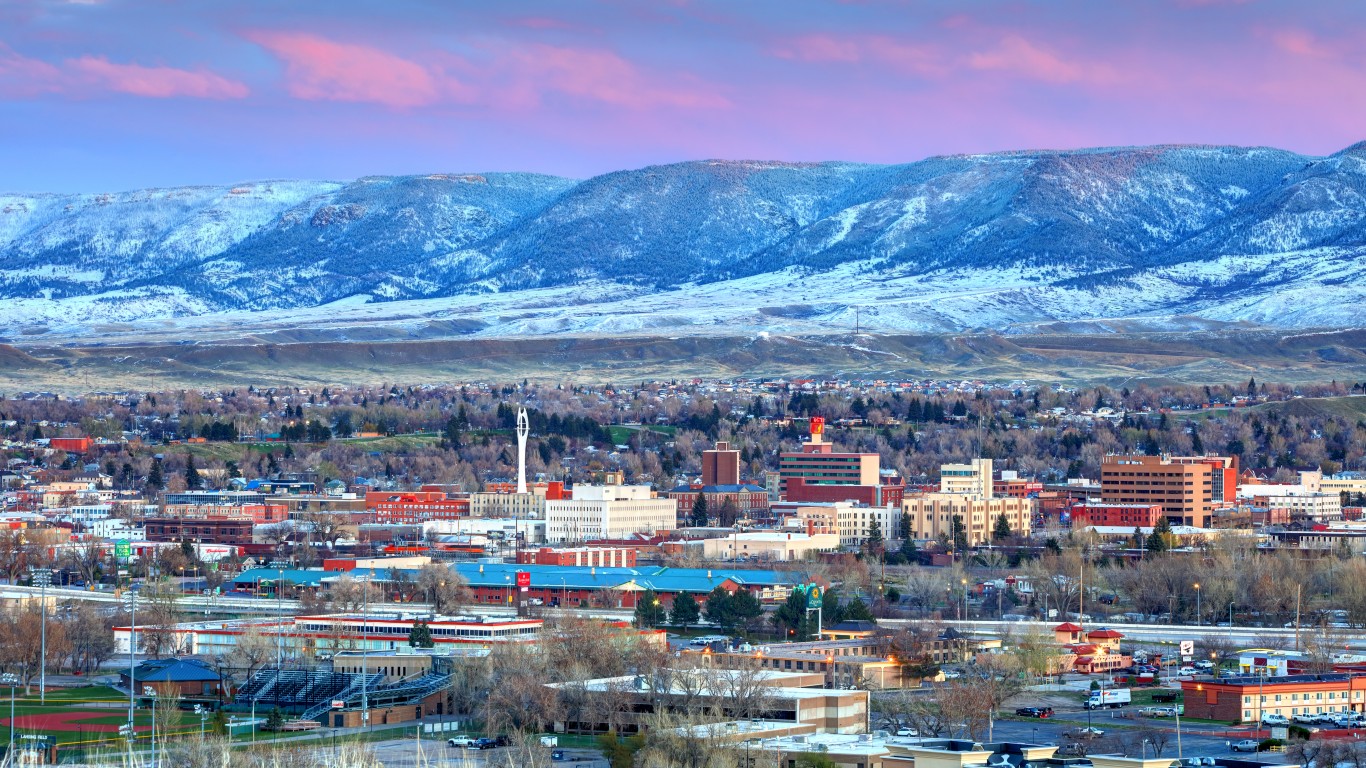
4. Wyoming
> Adults under 65 with no health insurance: 14.8%
> Preventable hospitalizations: 3,155 per 100,000 people — 17th lowest
> Adults reporting poor or fair health: 15.7% — 20th lowest
> Poverty rate: 11.4% — 19th lowest
> Population: 578,803
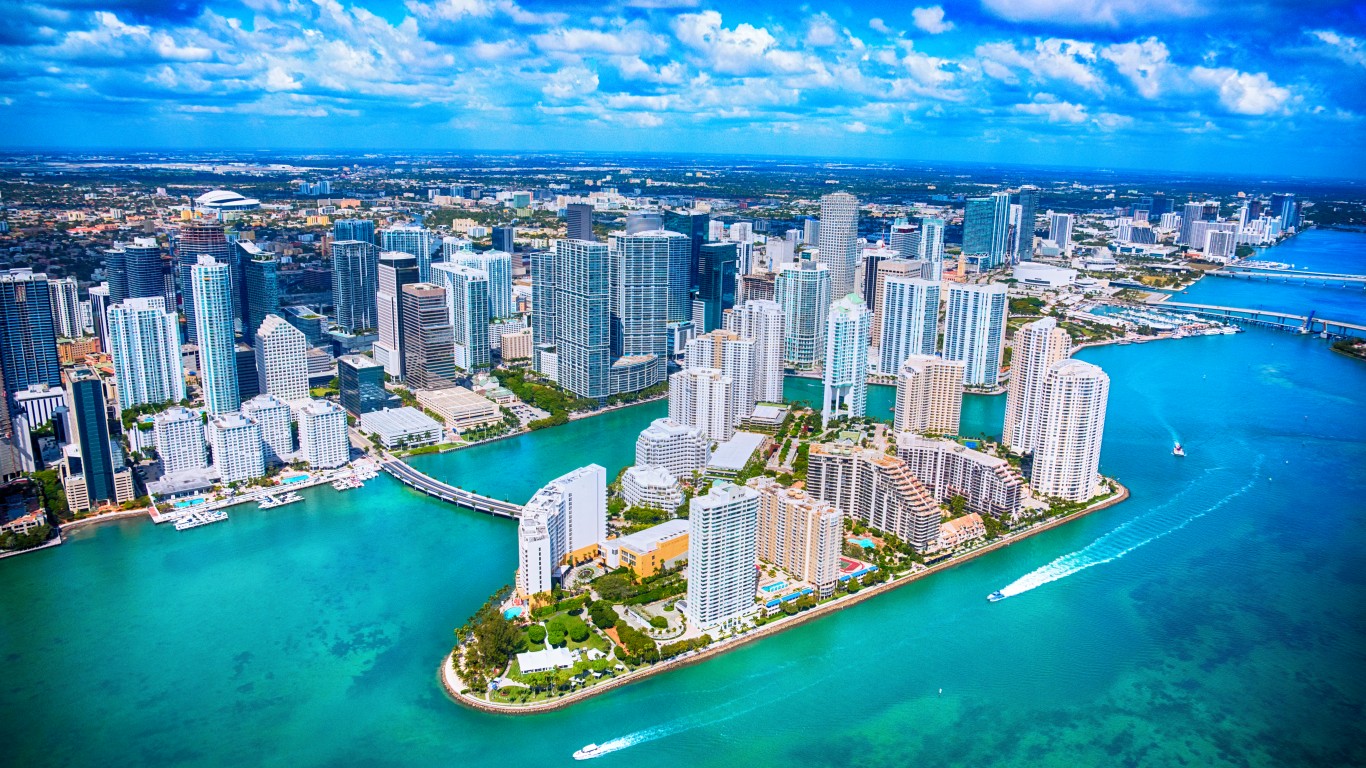
3. Florida
> Adults under 65 with no health insurance: 15.1%
> Preventable hospitalizations: 4,203 per 100,000 people — 15th highest
> Adults reporting poor or fair health: 17.8% — 19th highest
> Poverty rate: 13.1% — 17th highest
> Population: 21,781,128
[in-text-ad-2]

2. Oklahoma
> Adults under 65 with no health insurance: 16.3%
> Preventable hospitalizations: 4,346 per 100,000 people — 9th highest
> Adults reporting poor or fair health: 21.3% — 7th highest
> Poverty rate: 15.6% — 8th highest
> Population: 3,986,639

1. Texas
> Adults under 65 with no health insurance: 20.4%
> Preventable hospitalizations: 4,255 per 100,000 people — 14th highest
> Adults reporting poor or fair health: 20.9% — 8th highest
> Poverty rate: 14.2% — 10th highest
> Population: 29,527,941
Thank you for reading! Have some feedback for us?
Contact the 24/7 Wall St. editorial team.